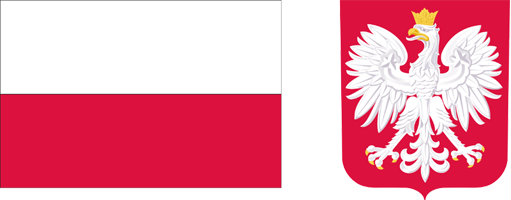Schizotypy, affective temperaments and anhedonia in bipolar depression
1
Uniwersytet Jagielloński Collegium Medicum, Katedra Psychiatrii
2
Uniwersytet Jagielloński Collegium Medicum, Zakład Zaburzeń Afektywnych
Submission date: 2023-11-21
Final revision date: 2024-01-07
Acceptance date: 2024-01-07
Online publication date: 2025-03-30
Publication date: 2025-03-30
Psychiatr Pol 2025;59(2):193-204
KEYWORDS
TOPICS
ABSTRACT
Objectives:
“Schizotypy” is a term describing personality traits reflected in emotional, perceptual and cognitive styles. Affective temperaments are trait-like features which were observed to be stable in time and predispose to mood disorders. The purpose of this study was to examine relationship between schizotypal features, affective temperaments and anhedonia in patients with bipolar depression.
Methods:
54 patients with bipolar depression were included in the study. Participant were administered the following psychometric tools: Dimensional Anhedonia Rating Scale (DARS), Snaith-Hamilton Pleasure Scale (SHAPS), Oxford-Liverpool Inventory of Feelings and Experiences (O-LIFE), Temperament Evaluation of Memphis, Pisa, Paris, and San Diego Autoquestionnaire (TEMPS-A), and Quick Inventory of Depressive Symptomatology – Self-Report (QIDS-SR). Correlations between the variables were calculated and linear regression models were built.
Results:
Only hyperthymia (affective temperament) and introvertive anhedonia (schizotypal domain) were statistically significantly correlated with anhedonia. In regression models, introvertive anhedonia predicted higher whereas hyperthymic features lower severity of anhedonia (measured by the SHAPS scale).
Conclusions:
Hyperthymic features are protective and introvertive anhedonia is a risk factor for consummatory anhedonia.
“Schizotypy” is a term describing personality traits reflected in emotional, perceptual and cognitive styles. Affective temperaments are trait-like features which were observed to be stable in time and predispose to mood disorders. The purpose of this study was to examine relationship between schizotypal features, affective temperaments and anhedonia in patients with bipolar depression.
Methods:
54 patients with bipolar depression were included in the study. Participant were administered the following psychometric tools: Dimensional Anhedonia Rating Scale (DARS), Snaith-Hamilton Pleasure Scale (SHAPS), Oxford-Liverpool Inventory of Feelings and Experiences (O-LIFE), Temperament Evaluation of Memphis, Pisa, Paris, and San Diego Autoquestionnaire (TEMPS-A), and Quick Inventory of Depressive Symptomatology – Self-Report (QIDS-SR). Correlations between the variables were calculated and linear regression models were built.
Results:
Only hyperthymia (affective temperament) and introvertive anhedonia (schizotypal domain) were statistically significantly correlated with anhedonia. In regression models, introvertive anhedonia predicted higher whereas hyperthymic features lower severity of anhedonia (measured by the SHAPS scale).
Conclusions:
Hyperthymic features are protective and introvertive anhedonia is a risk factor for consummatory anhedonia.
Share
RELATED ARTICLE
We process personal data collected when visiting the website. The function of obtaining information about users and their behavior is carried out by voluntarily entered information in forms and saving cookies in end devices. Data, including cookies, are used to provide services, improve the user experience and to analyze the traffic in accordance with the Privacy policy. Data are also collected and processed by Google Analytics tool (more).
You can change cookies settings in your browser. Restricted use of cookies in the browser configuration may affect some functionalities of the website.
You can change cookies settings in your browser. Restricted use of cookies in the browser configuration may affect some functionalities of the website.




